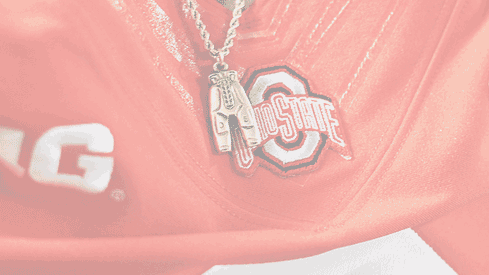Hello all! KYBuck4858 posted a Wall Street Journal article with quotes from Brian Schottenstein (co-founder of OSU booster collective THE Foundation, if you weren't familiar) and OSU AD Ross Bjork regarding the immediate future of revenue sharing and NIL in the recruiting thread, but I thought it deserved its own thread because of a question that came up when I was reading it.
The article is very informative. Here's a non-paywalled link: https://archive.is/Px6Qy#selection-755.0-755.144
Let's get into it. Toward the beginning of the article, an top booster collective source mentions that top CFB program payrolls are going to be in the neighborhood of $30-35 million. This is a lot more than OSU's $20 million CFP-winning roster, which got a lot of headlines.
The article also quotes Schott in stating that NIL deal values are going to go down for future classes, due to the new NIL Go clearinghouse that will vet deals according to a player's fair market value. This is meant to get rid of explicit pay-for-play, which is basically where we are now, if we're being honest, and replace it with "real" NIL, like endorsement deals.
“I definitely think with the new ‘fair market’ clearinghouse, that will bring down some of the (NIL) numbers in the future,” Schottenstein said.
With me so far? Great. We already know (and it's mentioned in the article), that the 1st year of revenue sharing will give schools $20.5 million, of which 75% is going to football programs.
Let's do some math here:
Per the booster collective source, payrolls are going be $30-35 million. Revenue sharing is going to account for $15 million of that (75% of $20 million). Where is this extra $15-20 million supposed to come from to pay players? From what I understand from the article, it's supposed to come from "real" NIL, but no NIL deals really exist like that right now, besides for absolute superstars in the sport. Can someone help me figure this out?
